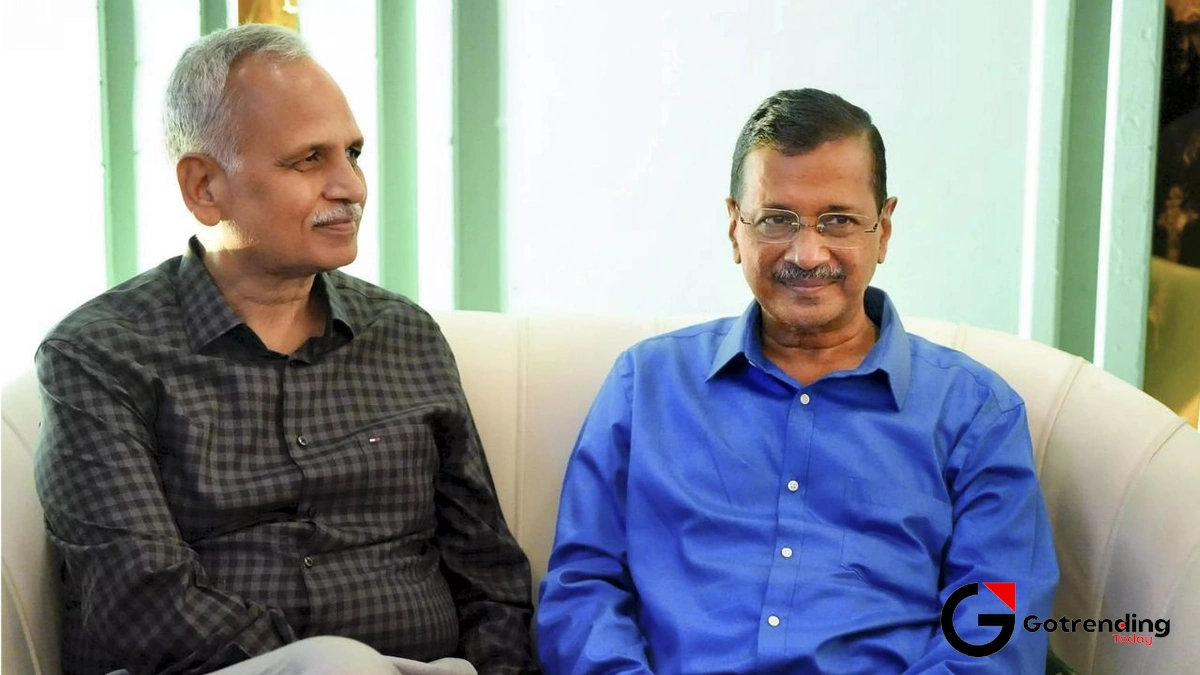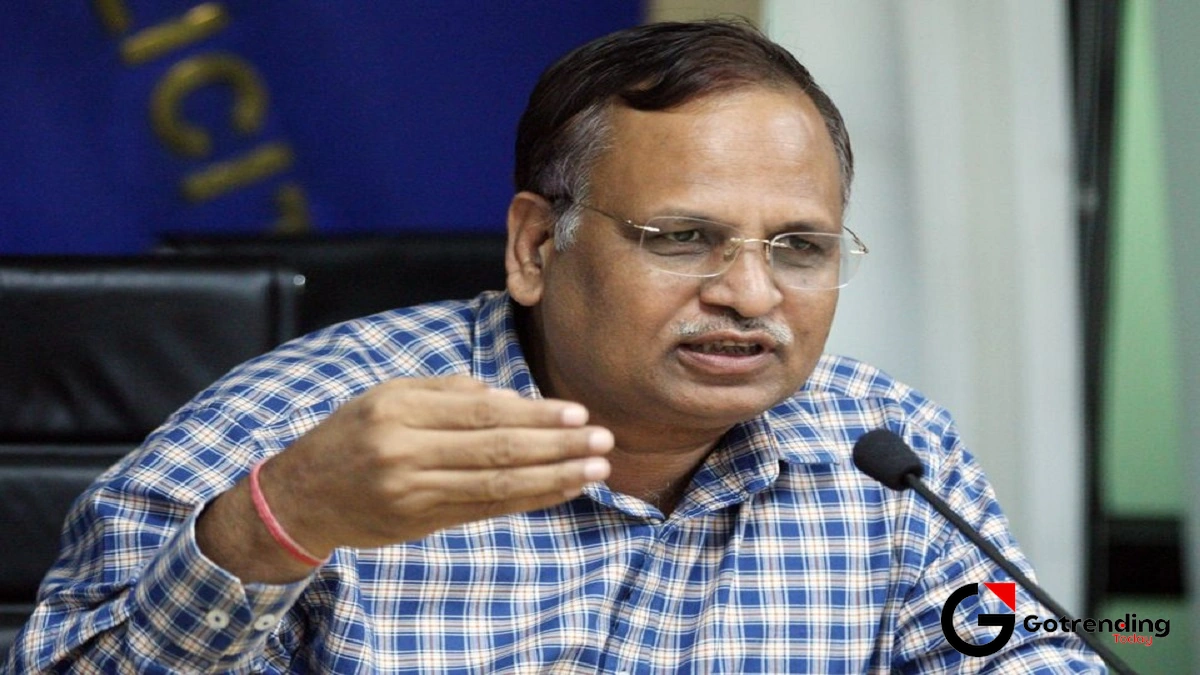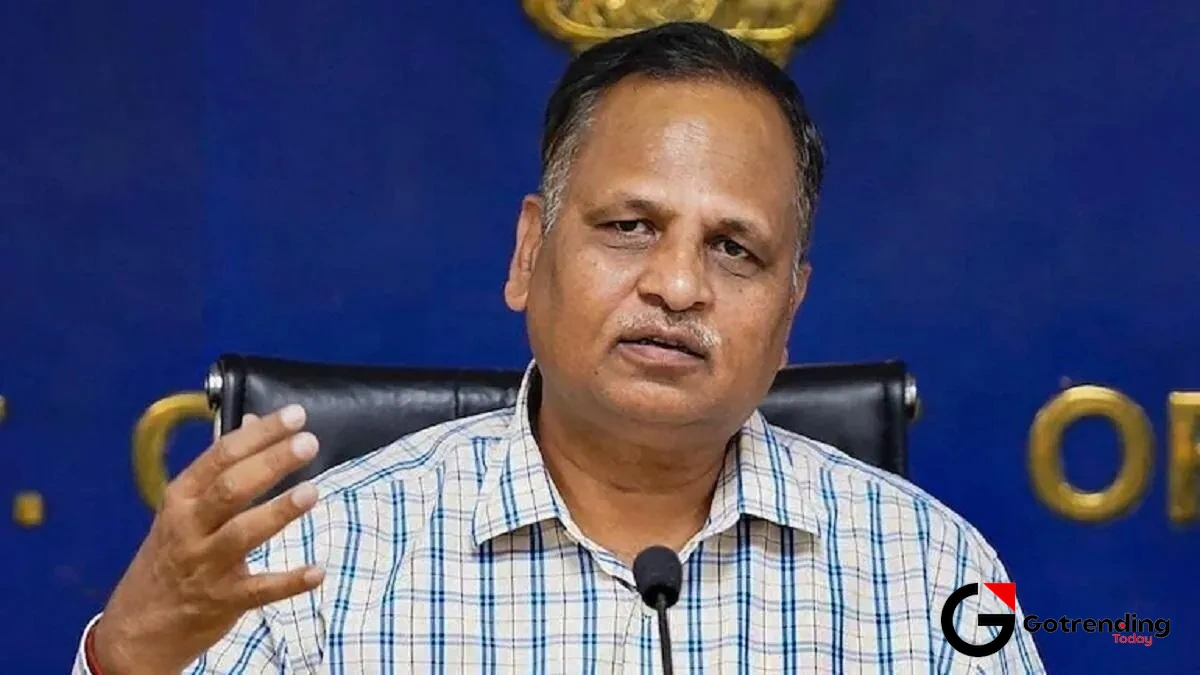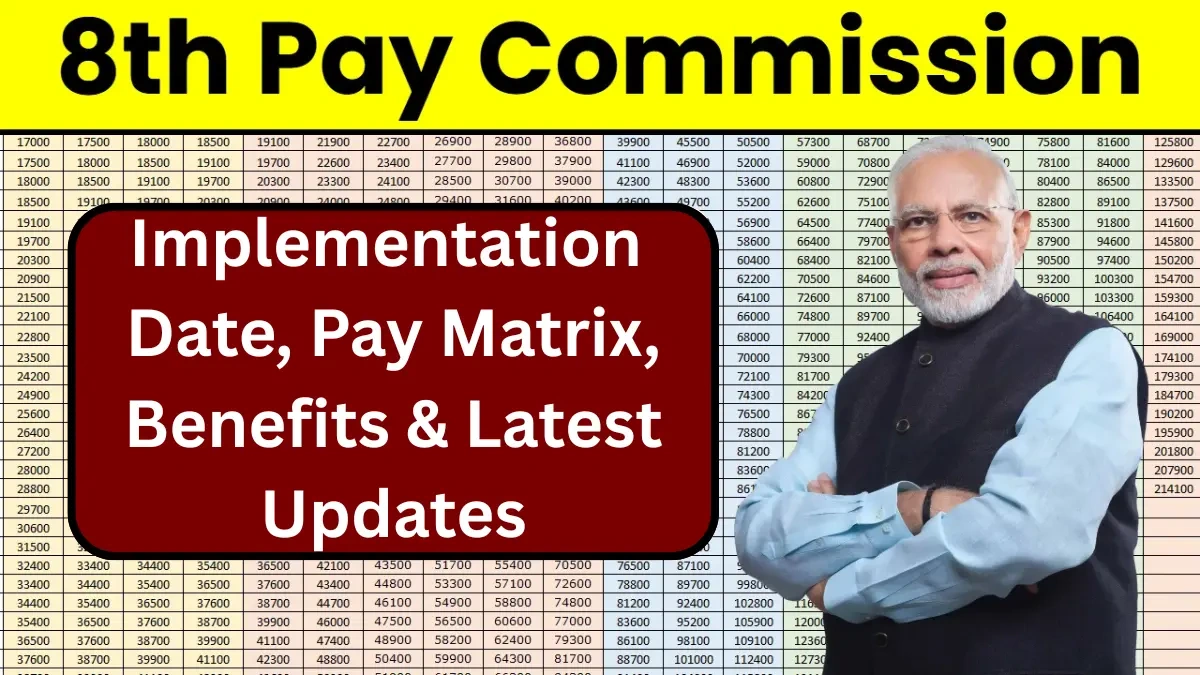The Satyendar Jain Saga | Why One Man’s Bail is a Litmus Test for Indian Politics
Let’s grab a coffee and talk about something that’s been simmering in the background of Indian politics for years. You’ve seen the headlines, right? “Satyendar Jain gets bail,” “AAP leader walks out of Tihar.” The news cycle moves on. But to just leave it there is to miss the entire point.
Because the story of Satyendar Jain , the former health minister of Delhi, isn’t just about one man, one political party, or one alleged crime. His two-year-long incarceration before trial, and his eventual release on bail by the Supreme Court, is a giant, flashing neon sign pointing to the deep, messy, and fascinating underbelly of Indian power dynamics. It’s a story about a law so stringent it makes getting bail feel like winning the lottery. It’s a story about political narratives clashing like titans.
So, forget the 30-second news clips for a moment. What is really going on here? And more importantly, why should you, a regular person just trying to make sense of it all, actually care?
Here’s the thing: this case has become a political Rorschach test. What you see in it probably says a lot about how you view the country’s current political climate. Let’s break it down.
The Original Sin | How a Simple Case Snowballed into a Federal Nightmare

To understand the complexity, we need to rewind. This whole saga didn’t start with the Enforcement Directorate (ED) kicking down doors. It started, as many political cases do, with the CBI. Back in 2017, the CBI filed a case against Satyendar Jain for alleged disproportionate assets. The accusation was that he had amassed properties and wealth that couldn’t be explained by his known sources of income. A serious charge, for sure, but a fairly standard one in the political arena.
But then, the game changed.
The CBI case became what’s known in legal jargon as a “predicate offence.” Think of it as the key that unlocks a much scarier door. And behind that door was the ED, armed with the formidable PMLA law (Prevention of Money Laundering Act). The ED stepped in, alleging that the disproportionate assets were “proceeds of crime” that had been laundered through shell companies.
Suddenly, this wasn’t just a disproportionate assets case anymore. It was a money laundering case. And that, my friend, is a whole different beast. This is the crucial ‘why’ of the story. The shift from a CBI case to an ED case against Satyendar Jain fundamentally altered his fate for the next two years.
The PMLA Puzzle | The Law That Makes Jail the Rule and Bail the Exception
If you’ve ever found yourself wondering, “How can someone be in jail for two years without being proven guilty?”, you’re asking the right question. The answer lies in the PMLA.
In a normal criminal case in India, the principle is “bail is the rule, jail is the exception.” The prosecution has to convince the court why the accused should be kept locked up. But the PMLA flips this entire concept on its head. Under Section 45 of the PMLA, an accused faces what is known as the “twin conditions” for bail. To get bail, the accused has to prove to the court that:
- There are reasonable grounds for believing that they are not guilty of the offence.
- They are not likely to commit any crime while on bail.
Read that first point again. The burden of proof is reversed. Before the trial has even begun, before evidence has been fully presented and argued, the accused has to essentially prove their innocence to the judge just to get bail. It’s a Herculean task. How do you prove a negative? How do you dismantle the prosecution’s entire case at the bail stage itself? This is why getting satyendar jain bail was such a monumental event and why it took so long.
This stringent condition is what kept him, and many others under PMLA investigation, in jail for extended periods. It’s a point of intense legal debate, with many jurists arguing it violates the fundamental principle of being innocent until proven guilty. When the Supreme Court granted him bail, it noted that there wasn’t enough evidence to establish a “prima facie” case, a significant observation that cuts to the heart of the PMLA’s tough bail conditions.
A Symbol, a Weapon, and a Political Football

Let’s be honest, this was never just a legal battle. It was political theatre of the highest order. The satyendar jain case became a potent symbol for both the AAP and the BJP.
For the Aam Aadmi Party, Jain wasn’t just any minister. He was the architect of the Mohalla Clinics and a close confidante of Arvind Kejriwal . He was the face of their “governance model.” For them, his arrest was a direct assault on their core identity of being “kattar imandaar” (fiercely honest). They framed it as a political vendetta, a classic case of the central government using federal agencies to cripple a potent political rival. His bail, therefore, is being projected as a massive victory and a vindication of their stand. You might be interested to know more about how political narratives shape public perception, much like the history behind places likePrayagraj matters.
For the BJP, Satyendar Jain was the perfect poster boy for their narrative of AAP’s alleged corruption. The infamous videos of him receiving massages in jail were played on a loop, designed to dismantle the very idea of AAP’s moral high ground. His long stay in prison was presented as undeniable proof of his guilt. His case was used as a political sledgehammer to question Kejriwal’s own integrity, asking, “How can you claim to be honest when your right-hand man is in jail for corruption?”
The man himself became secondary to what he represented in this bitter, high-stakes political war.
Frequently Asked Questions (FAQs)
So, what exactly was Satyendar Jain accused of?
The core allegation by the ED is that he was involved in a money laundering scheme through four companies. The ED claims these companies, allegedly controlled by him, received illicit funds of over ₹4.81 crore from shell companies, which were then used to purchase land and repay loans.
Why was he in jail for so long before his trial even started?
This was primarily due to the strict bail conditions under the Prevention of Money Laundering Act (PMLA). The law places the burden on the accused to prove they are likely not guilty to get bail, which is extremely difficult and led to his prolonged pre-trial detention for two years.
Is he a minister now that he is out on bail?
No. Satyendar Jain had resigned from his ministerial positions in the Delhi government in February 2023, while he was still in jail. He currently holds no official post in the government.
What is this PMLA law everyone keeps talking about?
The PMLA, or Prevention of Money Laundering Act, is a powerful federal law designed to combat the laundering of money earned from criminal activities. Its key feature is the extremely stringent conditions for bail, which has been a subject of major legal and public debate. For more details, you can refer to the official act on theIndia Code portal.
What happens next in his case? Does bail mean he’s innocent?
Not at all. Bail is not an acquittal. It simply means the Supreme Court did not find sufficient grounds to keep him detained during the trial. The trial in the satyendar jain case will now proceed in the trial court, where evidence will be presented by both sides to determine his guilt or innocence.
Is it common for political rivals to face such investigations?
The use of central agencies in cases involving opposition leaders is a recurring theme in Indian politics. While investigations are a part of due process, the timing and intensity often lead to accusations of political vendetta from opposition parties.
The Final Word | More Than Just One Man’s Freedom
The Supreme Court bail for Satyendar Jain isn’t the end of the story; it’s a pivotal new chapter. It forces us to ask some uncomfortable questions. Where is the line between a legitimate investigation and a political witch-hunt? How do we balance the need for strong laws to fight corruption with an individual’s fundamental right to liberty?
Ultimately, the Satyendar Jain saga holds a mirror up to our democracy. Whether you see a persecuted hero or a corrupt politician finally facing the law, the one thing that’s undeniable is that the rules of the game are being tested. His case has become a battleground for legal principles, political power, and public perception. And how it finally concludes will have ripples far beyond the life of one man, affecting the very balance of power and justice in India. It’s a complex world, much like trying to understand the nuances of the financial markets when youlearn Nifty is explained.













